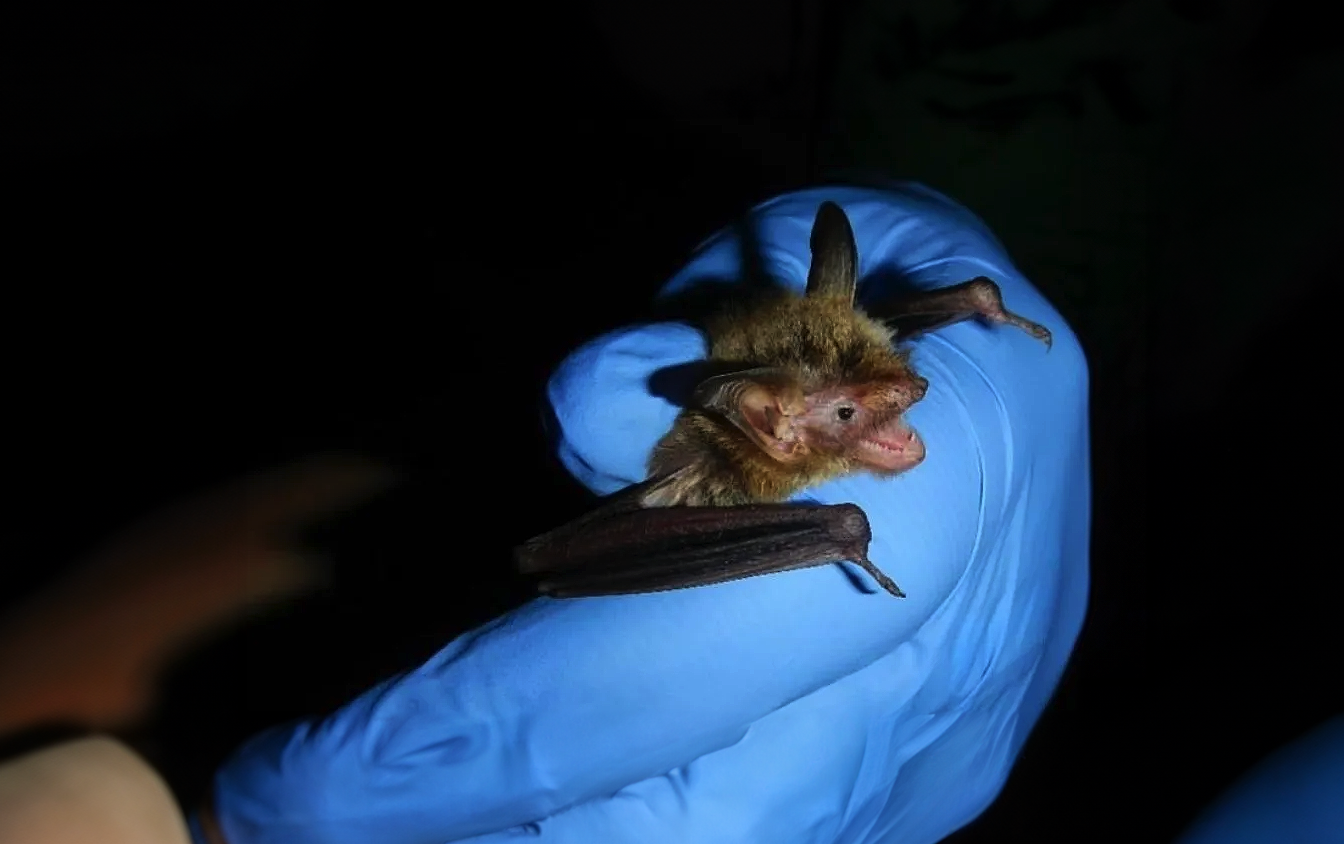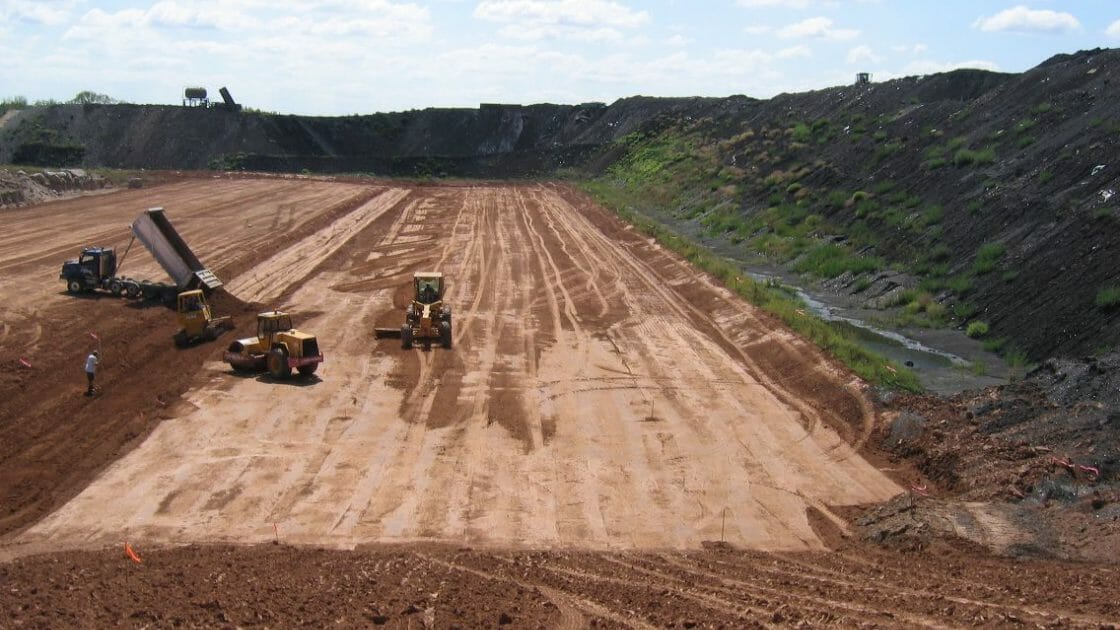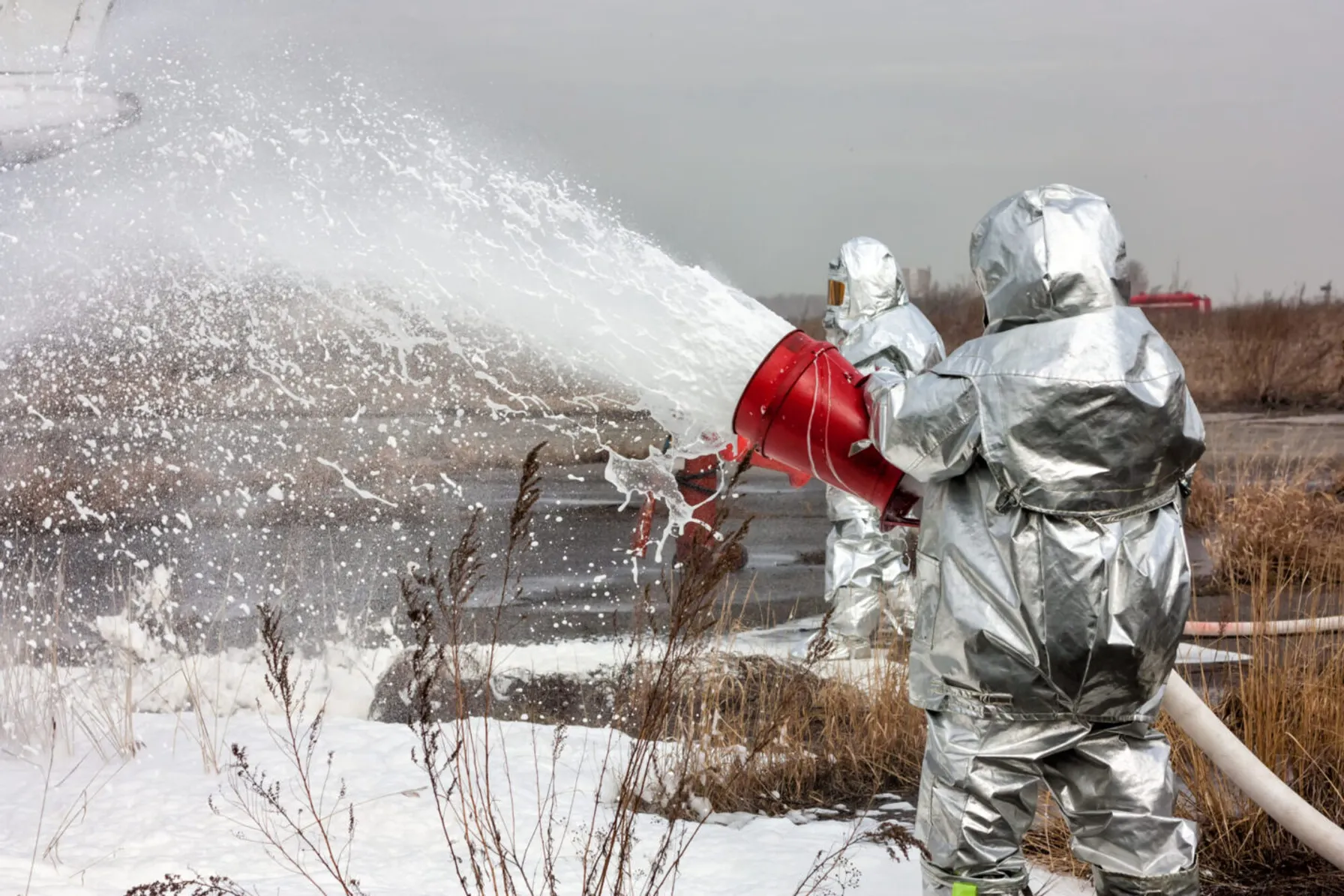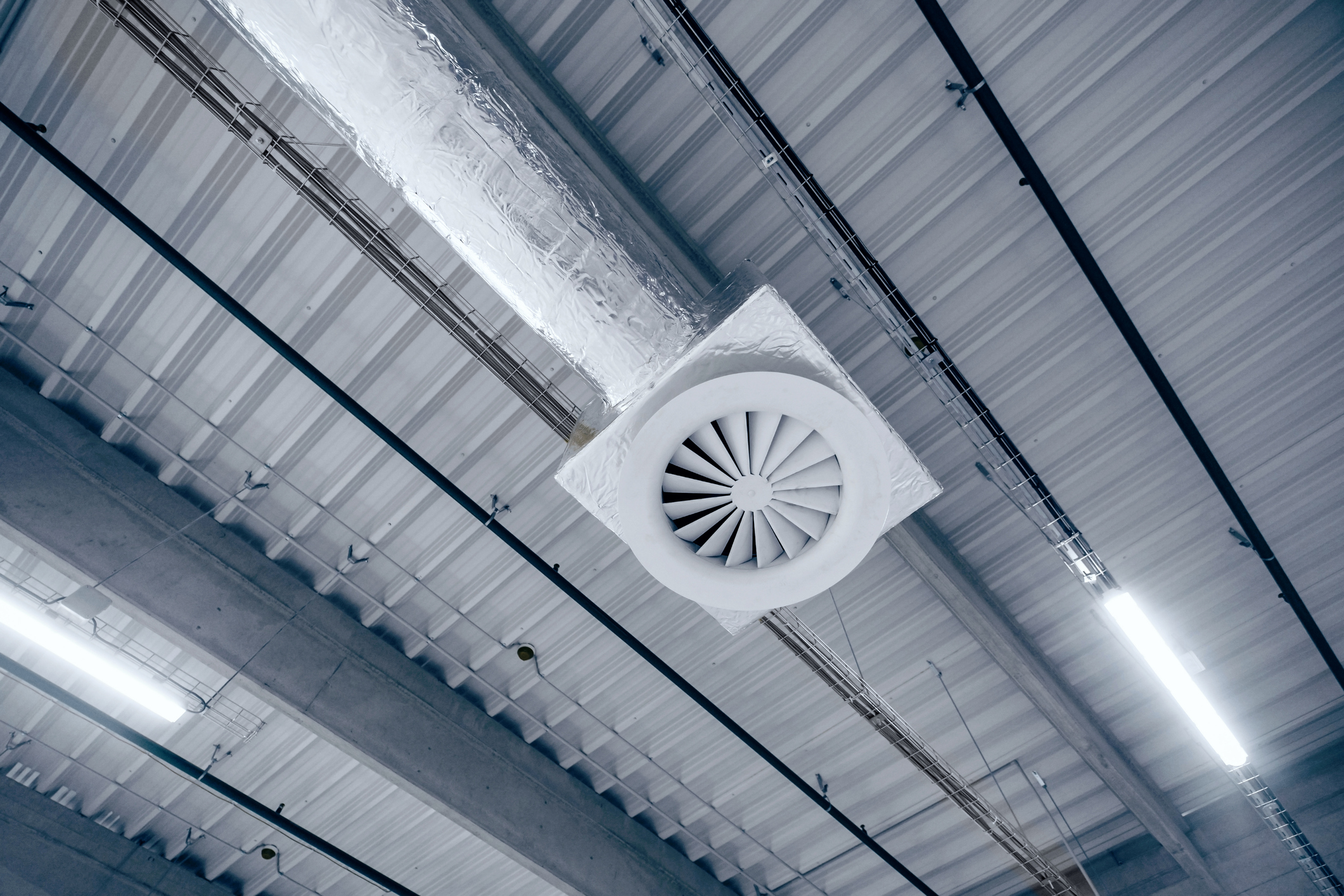On November 30, 2022, the United States Fish & Wildlife Service (USFWS) published a final rule to the Federal Register to change the listing status of the northern long-eared bat (Myotis septentrionalis) from threatened to endangered.
Background
The USFWS was required by a court of law to re-review the listing status of the northern long-eared bat and publish a final rule by November 30, 2022. The final rule listing this species as endangered will go into effect after 60 days from publishing in the federal register (January 30, 2023). In the interim, the 4(d) rule will still apply to the species and tree clearing can occur during this time, as long as the project complies with the 4(d) rule and all other applicable permits have been obtained. After January 30, 2023, the 4(d) rule will no longer apply to the northern long-eared bat because 4(d) rules cannot be used for endangered species.
On December 2, 2022, the USFWS Midwest region held an informational call about the listing status change of the northern long-eared bat. They indicated there will be several tools that will be available once the final rule goes into effect. These tools include an updated range map, a northern long-eared bat determination key, interim guidance, and wind guidance. The determination key will be for non-wind projects, which include minimal tree clearing during the non-active season (dates may vary by state).
Wind projects and projects that include summer tree clearing and/or extensive tree clearing will need to consult with their local USFWS field office. The interim guidance is meant to avoid project schedule delays for projects that are currently covered under the 4(d) rule and have completed consultation with the USFWS. The wind guidance is meant to streamline consultation for wind projects. These tools are still in development and will not be finalized until January 30, 2023.
Project Implications
For projects that are currently covered under the 4(d) rule, for which the only impacts to bats are from tree clearing, and all other applicable permits have been obtained, TRC recommends clearing trees before January 30, 2023, if possible.
According to the USFWS, the interim guidance will likely allow for tree clearing during the non-active season (dates may vary by state) for projects that are currently covered under the 4(d) rule and have completed consultation with the USFWS. Exact dates will not be known until the interim guidance is final. For wind projects, TRC recommends reaching out to the local USFWS field office for guidance. As noted, guidelines specific to wind projects will be available by January 30, 2023.
TRC will continue to provide updates on the listing status change of northern long-eared bat as they are provided by the USFWS. Reach out to TRC Bat Biologist Lisa Downing-Schmidt to coordinate a meeting with USFWS and see if this new listing will affect your project plan and schedule.
Embrace The Shift
Partner With TRC’s Tested Practitioners
Sharing Our Perspectives
Our practitioners share their insights and perspectives on the trends and challenges shaping the market.

Fostering an Enjoyable and Resilient Project Management Career
March 10, 2025
In his final contribution to EM Magazine, TRC’s David Elam shares his thoughts on the health, well-being and success of project managers everywhere. These takeaways go beyond skills and habits in the workplace, and explore how project managers can align their lives outside of work with their professional goals.
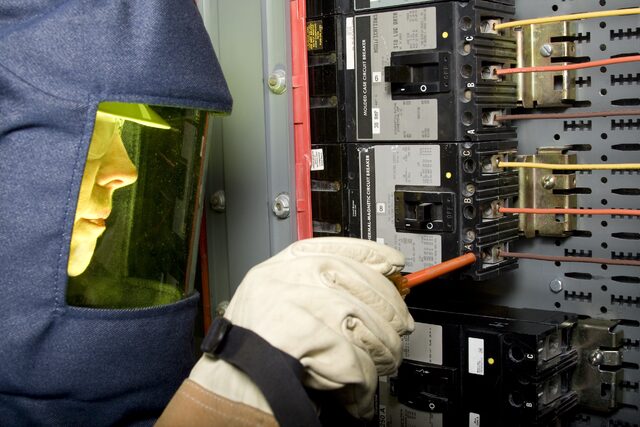
OSHA Addresses Arc Flash Hazards and Electrical Safety in the Workplace
March 5, 2025
OSHA releases guidance document on “Addressing Arc Flash Hazards in a Safety and Health Program” and the alignment with NFPA 70E standard for Electrical Safety in the Workplace. The Occupational Safety and Health Administration (OSHA) recently published a guidance document that aligns with the National Fire Protection Association (NFPA) 70E standard for Electrical Safety in the Workplace. The guidance document outlines how to use a management system to protect workers from arc flash hazards by focusing on worker participation, hazard identification, evaluation and control methods.

Changes to EPA’s Risk Management Program (RMP) Regulations Are Coming
April 14, 2023
Changes to the Risk Management Program (RMP) regulations were signed into a final rule on February 27, 2024, by EPA Administrator Michael S. Regan.

EPA Finds Trichloroethylene Presents Unreasonable Risk in Final Risk Evaluation
April 6, 2023
On Jan 9, 2023, the United States Environmental Protection Agency (EPA) revised the Toxic Substance Control Act (TSCA) to reflect a new risk determination for trichloroethylene (TCE).

Routinely Evaluating the Health & Effectiveness of Integrated Systems to Manage EHS/ESG Risks – Part I
March 1, 2023
Once established, an EHS/ESG management system must be routinely evaluated to ensure it remains effective to identify and control risks, as well as accommodate and adjust for changes that occur to/within the organization.

QA and Chemistry Services
February 23, 2023
TRC offers many QA and Chemistry services including data usability assessments, limited and full data validation reports, quality assurance project plan preparation, selection of appropriate analytical methodologies and laboratory audits.

PFAS Fate and Transport: Conceptual Site Models
February 23, 2023
The conceptual site model describes site-specific sources, release and transport mechanisms, exposure media, exposure points, exposure pathways and routes and potential human and/or ecological receptor populations.
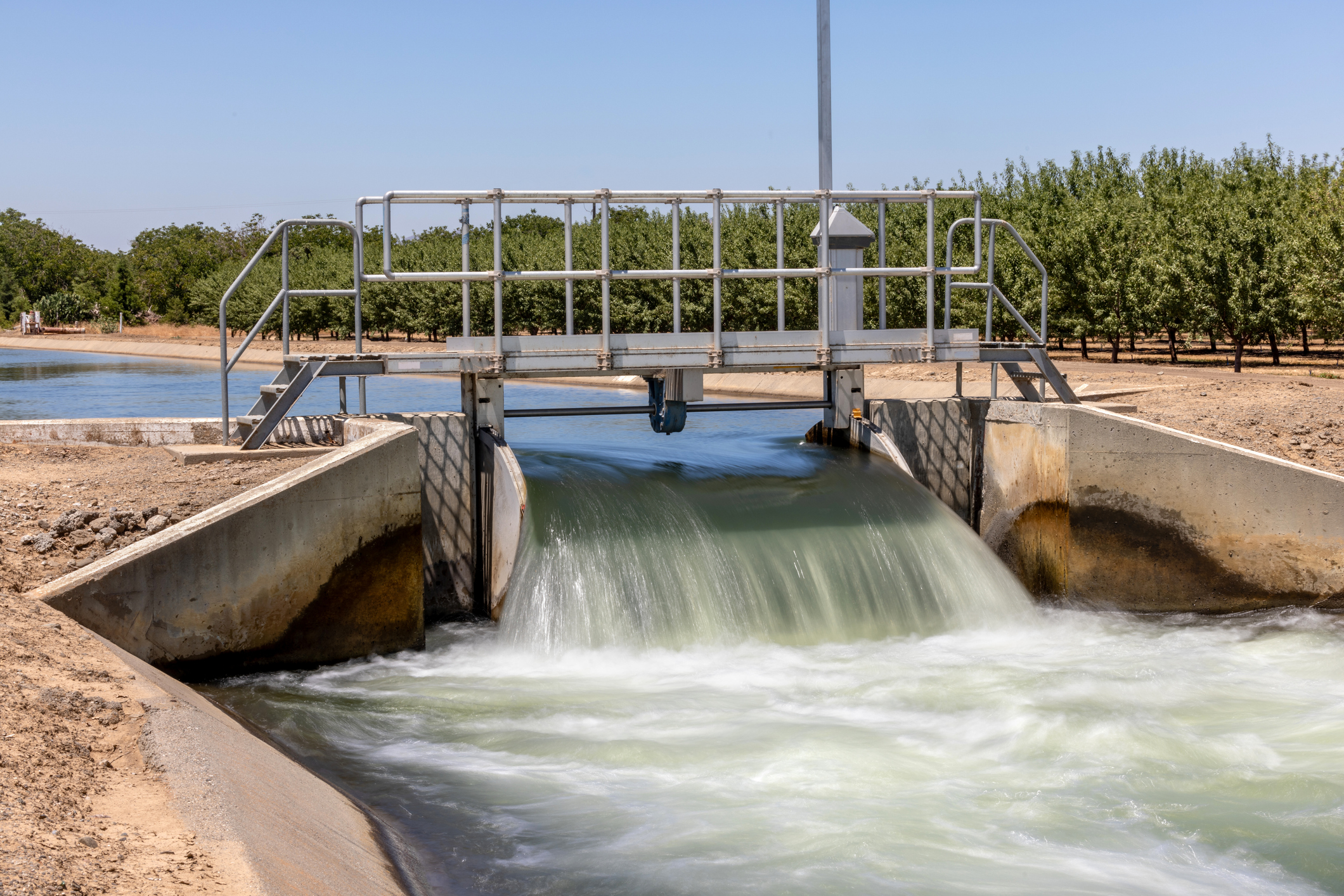
EPA Publishes Effluent Guidelines Program Plan 15
February 14, 2023
The EPA announced updated effluent limitations guidelines under Plan 15, focusing on the evaluation and rulemaking process for per- and polyfluoroalkyl substances (PFAS) discharges.
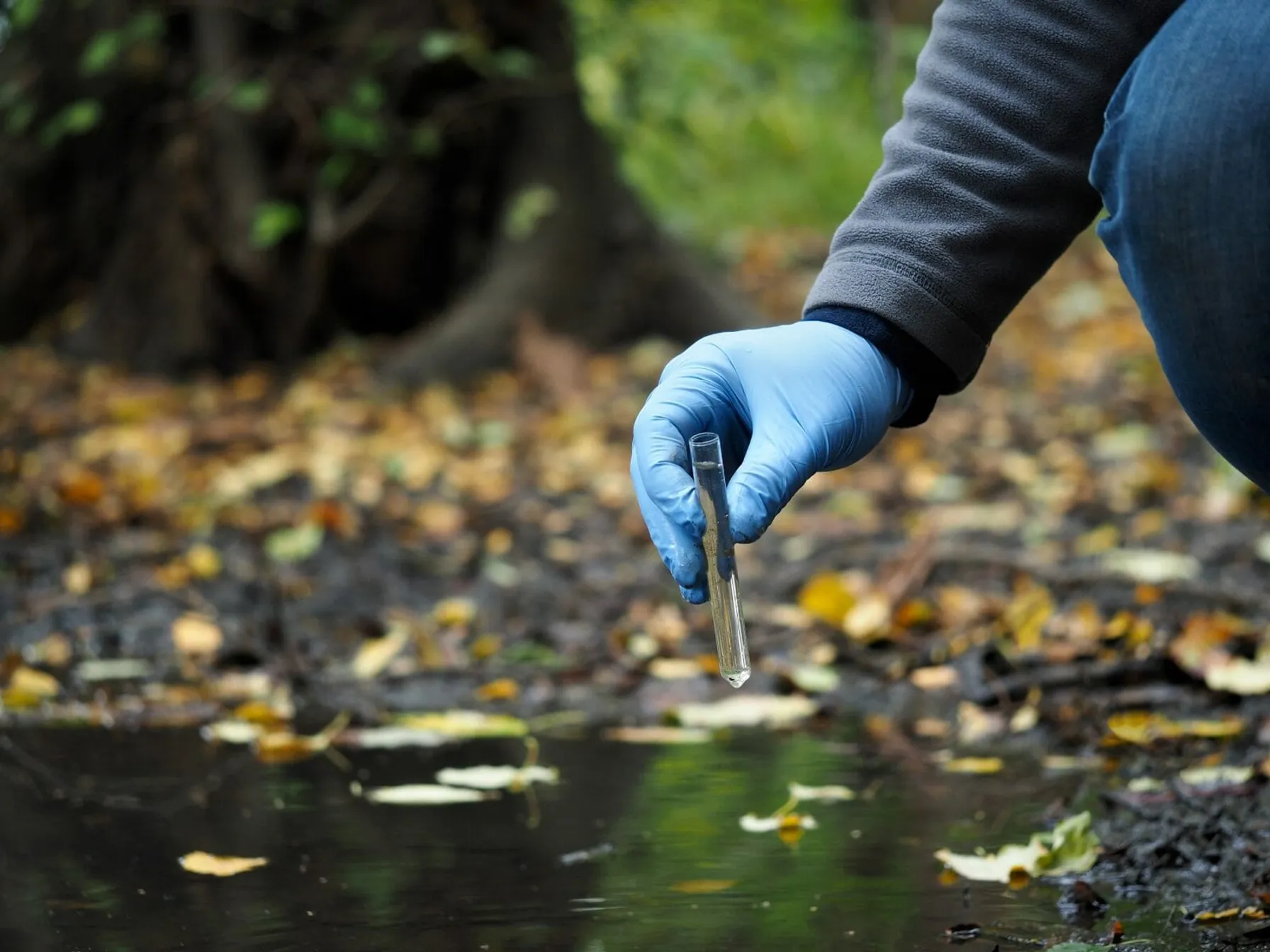
PFAS: Remedial Approaches
February 8, 2023
Remediating Per- and poly-fluoroalkyl substances (PFAS) from the soil and water requires effective techniques and innovative technologies. TRC’s experts are well versed in several remediation strategies intended to remove PFAS and prevent re-exposure.

Proactive Enforcement is Key in the EPA FY2022-2026 Strategy
October 19, 2022
A core element of the EPA FY2022-2026 Strategic Plan focuses on environmental compliance.

Optimizing EHS/ESG Information Management and Reporting Systems by Leveraging Innovative Digital Technology Solutions
August 10, 2022
A single, integrated enterprise wide EHS/ESG IMS can significantly improve performance and communicate progress towards organizational requirements and goals.

Integrating Sustainability, Digital Connectivity and Design Optimization in Wastewater Treatment Systems
June 20, 2022
Some organizations rarely think about water and wastewater treatment, until there is a problem. American industry depends on the ability to treat wastewater discharges while complying with regulatory standards and addressing emerging contaminants. If wastewater treatment fails, our environment is negatively impacted, and companies are exposed to shutdowns, delays and fines.

Support an Integrated EHS/ESG Management System
June 10, 2022
WINDSOR, Conn. – TRC Companies, a digitally powered and environmentally focused global professional services firm, has been named #21 by Environmental Analyst in the 2022 Top 100 Environmental & Sustainability Consultancy Firms. “As one of the top global providers of Climate Solutions, TRC is proud to be recognized as a leader in environmental and sustainability, areas that are critically important to our clients and communities we serve,” said Christopher P. Vincze, Chairman & CEO of TRC. “Sustainability is a fundamental principle that drives our business, and we embrace the trust our clients place in us as we tackle some of the pressing energy, environmental and infrastructure challenges the world faces… making the Earth a better place to live — community by community and project by project.”

TRC Companies Pledges to Achieve Net Zero GHG Emissions by 2040
April 26, 2022
TRC Companies, a digitally powered and environmentally focused global professional services firm, announced its commitment to achieve Net Zero greenhouse gas (GHG) emissions across its full value chain by 2040, aligning with the most ambitious aim of the Paris Agreement to limit global temperature rises to 1.5 °C.

How to Use an Integrated Approach To Manage EHS and ESG Risks
April 20, 2022
WINDSOR, Conn. – TRC Companies, a digitally powered and environmentally focused global professional services firm, has been named #21 by Environmental Analyst in the 2022 Top 100 Environmental & Sustainability Consultancy Firms. “As one of the top global providers of Climate Solutions, TRC is proud to be recognized as a leader in environmental and sustainability, areas that are critically important to our clients and communities we serve,” said Christopher P. Vincze, Chairman & CEO of TRC. “Sustainability is a fundamental principle that drives our business, and we embrace the trust our clients place in us as we tackle some of the pressing energy, environmental and infrastructure challenges the world faces… making the Earth a better place to live — community by community and project by project.”

SEC Releases New Proposed Rules Requiring Public Companies to Disclose Climate Risks
April 12, 2022
On March 21, 2022, the U.S. Securities and Exchange Commission (SEC) issued its proposed rules for The Enhancement and Standardization of Climate-Related Disclosures for Investors which would require public companies in the U.S. to disclose information in their annual financial reports.
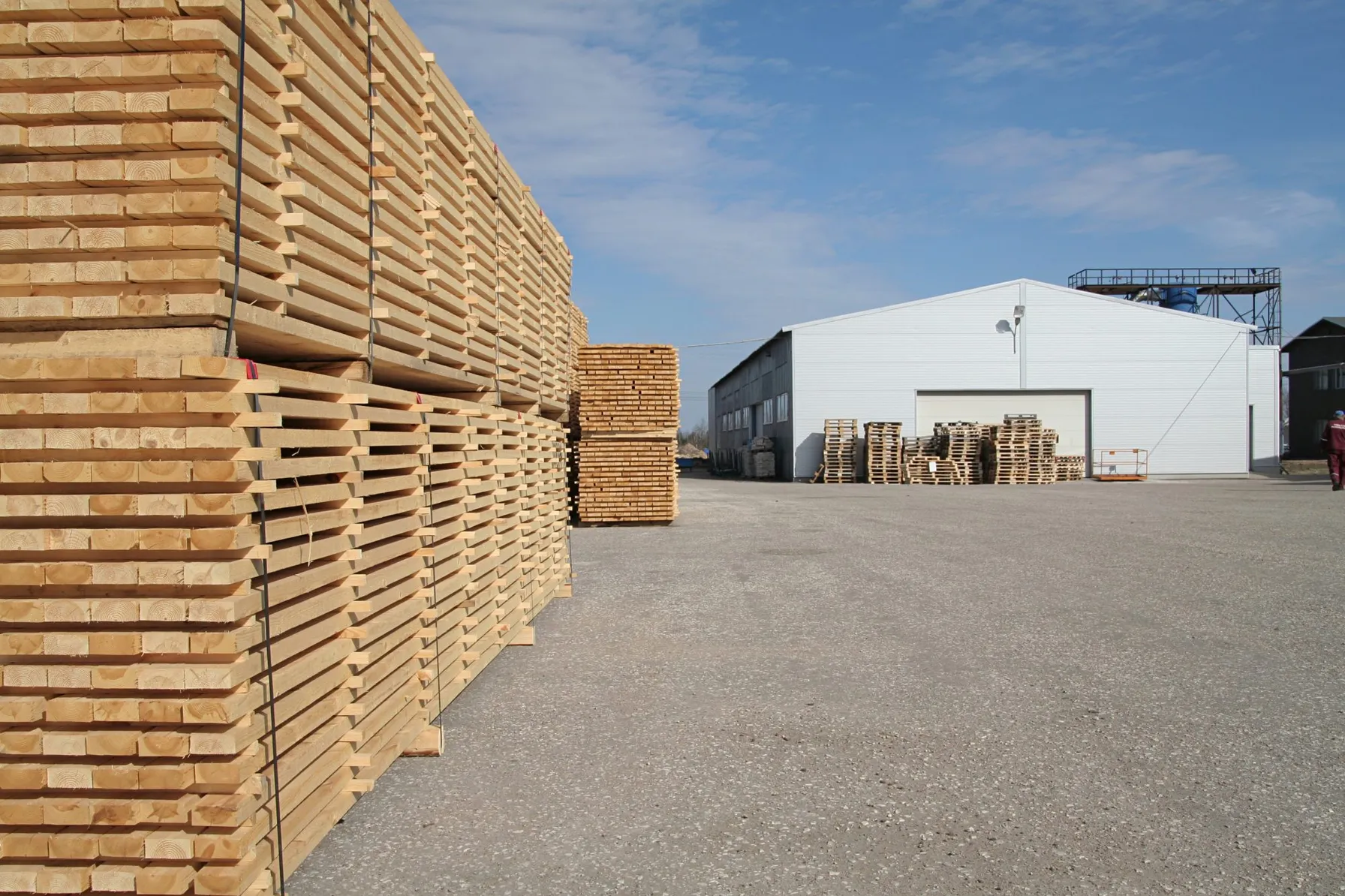
EPA Issues Information Collection Request for Plywood and Composite Wood Products Source Operators
March 17, 2022
EPA issued an Information Collection Request (ICR) to develop new emission standards for inclusion in the Plywood and Composite Wood Products (PCWP) National Emissions Standards for Hazardous Air Pollutants (NESHAP).

EPA Lifts Stay of Standards for New Lean Premix and Diffusion Flame Gas-fired Combustion Turbines
March 14, 2022
The EPA Administration signed a notice to finalize amendments to the National Emission Standards for Hazardous Air Pollutants (NESHAP) for Stationary Combustion Turbines

PFOA & PFOS As CERCLA Hazardous Substances: What Does This Mean and How Can You Be Prepared?
February 17, 2022
A plan to designate two per- and polyfluoroalkyl substances (PFAS) as “hazardous substances” under CERCLA was recently submitted by the EPA.

OSHA’s National Emphasis Program on Heat-Related Illness and Injuries
November 3, 2021
On September 20, 2021 in an OSHA National News Release, OSHA published a memorandum establishing an enforcement initiative that is designed to prevent and protect employees from heat-related illnesses and death. This initiative, which develops a National Emphasis Program (NEP) on heat inspections, is an expansion of an already existing Regional Emphasis Program (REP) in OSHA’s Region VI, which covers Arkansas, Louisiana, New Mexico, Oklahoma and Texas.

NJDEP Implements New Jersey Environmental Justice Law Through Administrative Order
October 5, 2021
On September 22, 2021, the New Jersey Department of Environmental Protection (NJDEP) Commissioner announced the issuance of Administrative Order (AO) No. 2021-25 to implement New Jersey’s Environmental Justice (EJ) Law. This order is effective immediately, and applicants seeking to site new major source facilities, renew major source permits or expand existing facilities with major source permits (e.g., Title V air permits) in overburdened communities are affected. There are more than 4.5 million people that live within 331 municipalities that are overburdened communities in the state of New Jersey.

OSHA’s Call for Comments on Mechanical Power Press Standard Changes
September 30, 2021
OSHA has recently published a call for comment regarding mechanical power presses. The reason behind OSHA’s request is that the American National Standards Institute (ANSI) consensus standard for mechanical power presses has been updated numerous times since the implementation of OSHA’s standard.

OSHA Returns to In-Person Inspections As COVID-19 Restrictions Lift
August 4, 2021
The Occupational Safety and Health Administration (OSHA) is authorized by the Occupational Safety and Health Act of 1970 (OSH Act) to assure employers provide safe and healthful work conditions free of recognized hazards and by setting and enforcing standards and providing training, outreach, education and technical assistance. OSHA has recently announced the return to in-person inspections as COVID-19 restrictions begin to lift.

Managing EHS & ESG Risks Through Integrated Systems Today and Beyond
July 22, 2021
It has been more than 50 years since the development and establishment of the federal Environmental Protection Agency (EPA) and the federal Occupational Safety & Health Administration (OSHA) which were formed to protect our environment and workplaces across the United States. Significant laws, policies and regulations followed to establish the “regulatory programs” that all applicable businesses and entities must address and meet to ensure these compliance-driven legislative programs would create a foundation to protect our society.

Lisa Downing-Schmidt
Lisa Downing-Schmidt is a federally permitted bat biologist with a decade of experience conducting various bat surveys. She has experience conducting both presence/absence surveys and bat habitat surveys. In addition to surveys, she has experience obtaining federal incidental take permits for various bat species as well as required state permits related to take of bat species and their habitat. She has experience completing required federal and/or state mitigation for various bat species and has experience utilizing the United States Fish and Wildlife Services’ in-lieu fee (ILF) program. She has successfully prepared numerous Biological Assessments (BA) and Habitat Conservation Plans (HCP) related to bat species.

